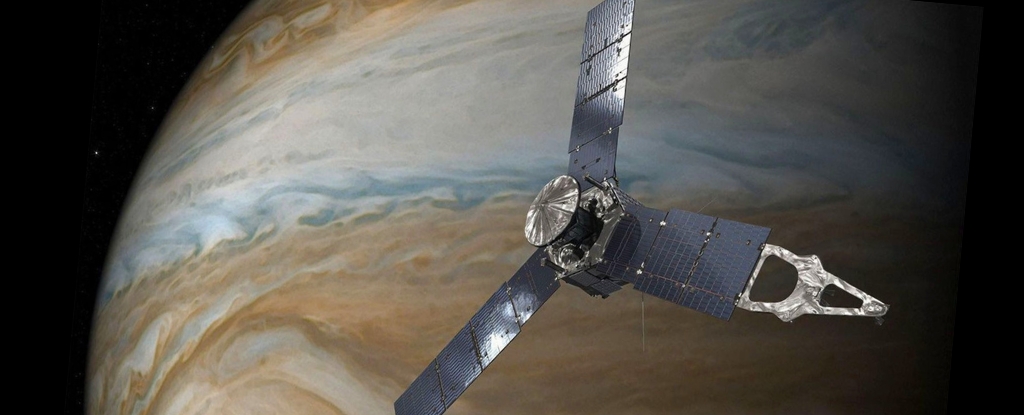
Astronomers are poised to explore a groundbreaking opportunity as NASA’s Juno probe may intercept the interstellar comet known as 3I/ATLAS. Discovered by the Asteroid Terrestrial-impact Last Alert System (ATLAS) in Rio Hurtado on July 1, 2025, this comet represents the third interstellar object ever documented, following the notable discoveries of ‘Oumuamua in 2017 and 2I/Borisov in 2019.
This potential mission has garnered significant attention from the scientific community, particularly following a recent paper led by Prof. Abraham Loeb from Harvard University. The analysis suggests that Juno could rendezvous with 3I/ATLAS as it approaches Jupiter on March 16, 2026. This encounter presents a unique chance to study one of the most intriguing classes of celestial objects in our universe.
Exploring the Interstellar Frontier
The discovery of 3I/ATLAS has sparked renewed interest in interstellar objects and the prospect of missions designed to study them closely. With numerous proposals, including Project Lyra and the Interstellar Object Explorer (IOE), researchers are eager to unravel the mysteries surrounding these cosmic visitors.
Prof. Loeb, along with his colleagues Adam Hibberd and Adam Crowl from the UK-based Initiative for Interstellar Studies (i4is), emphasizes the significance of intercepting 3I/ATLAS. They propose using the existing Juno spacecraft, which has been studying Jupiter since 2016, rather than launching a new mission. Their paper, currently under review for publication in The Astrophysical Journal Letters, outlines the plan to utilize Juno’s trajectory to facilitate the intercept.
Loeb noted, “We show that applying a thrust of 2.675 kilometers per second on September 14, 2025, can bring the Juno spacecraft from its orbit around Jupiter to intercept the path of 3I/ATLAS.” This maneuver, utilizing a technique known as the Jupiter Oberth Maneuver, will allow Juno to capitalize on its proximity to Jupiter to adjust its trajectory toward the incoming comet.
Potential Discoveries Await
3I/ATLAS is estimated to have a diameter of approximately 20 kilometers, based on its brightness. This size, combined with its origins from another star system, presents a rich opportunity for scientific inquiry. Studying the comet could yield insights into the materials and conditions present in distant star systems, providing a glimpse into the early solar system’s formation over 4.5 billion years ago.
The instruments aboard Juno, including a near-infrared spectrometer and various sensors, are well-equipped to analyze the composition and behavior of 3I/ATLAS. As Loeb explains, “The data these instruments provide will address questions regarding the object’s composition, telling us volumes about its home system and the conditions present when it formed.”
While the hypothesis that 3I/ATLAS could be an artificial object, such as a derelict spacecraft, is still speculative, it adds an exciting layer to the inquiry. Loeb acknowledges the potential implications of such a discovery, stating, “The consequences, should the hypothesis turn out to be correct, could potentially be dire for humanity.”
Recent observations from the Hubble Space Telescope have introduced some skepticism about the artificiality of 3I/ATLAS. Preliminary data suggest its nucleus may be much smaller than initially estimated, with a radius of less than 2.8 kilometers. As 3I/ATLAS approaches the Sun, it will begin releasing gases through sublimation, offering further opportunities for observation and study.
Regardless of its true nature, the upcoming encounter with Juno promises to enhance our understanding of interstellar objects and the universe beyond our solar system. This mission exemplifies the innovative spirit of space exploration and the human drive to uncover the mysteries of the cosmos.







